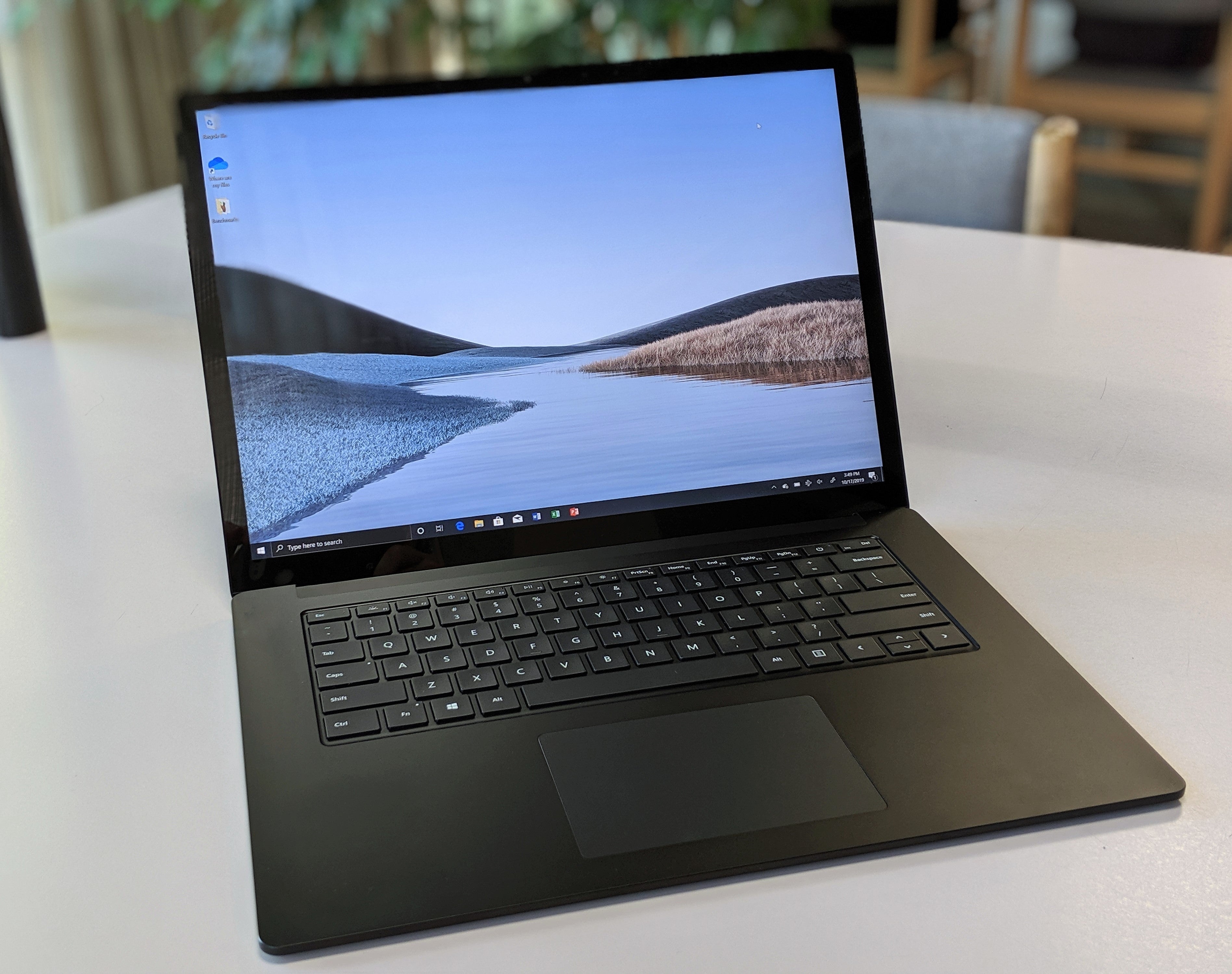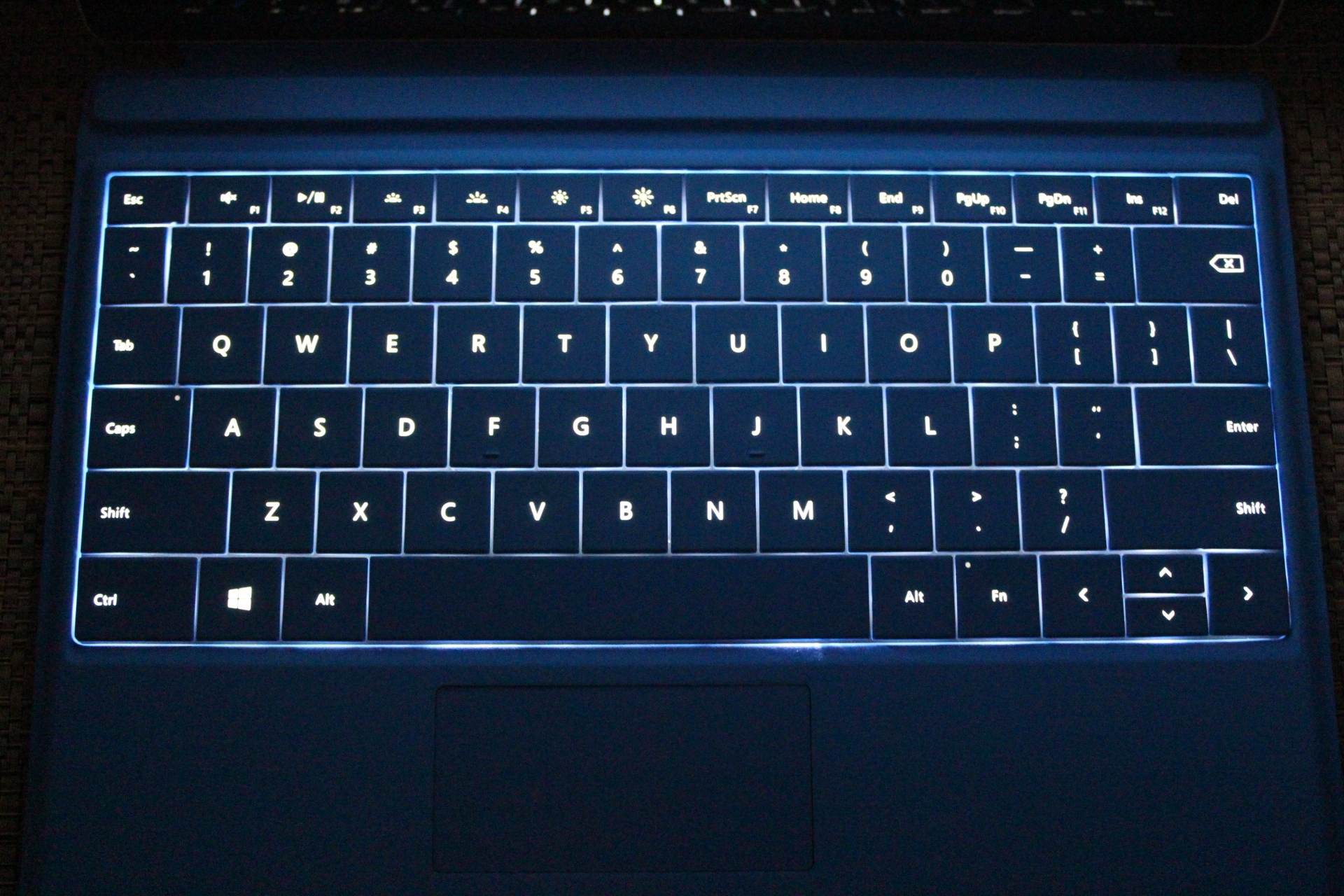
The use of a matte finish, rather than a polished or brushed finish makes the Surface 3 less of a fingerprint magnet and I quite like the dulled look this finish provides.Īnother aspect of the Surface 3's design that I appreciate is the clean, hard lines that give the tablet a slight isosceles trapezoidal shape, rather than the boring round rectangle we see on so many other devices.

It not only makes the device feel sturdy, but it also gives it that premium edge over tablets that stick with plastic or other inferior materials. The metal body of the Surface 3 is one of my favorite aspects of the tablet. Internally we're getting a new quad-core Intel Atom 'Cherry Trail' SoC and up to 4 GB of RAM, while keeping features like the full-sized USB port that makes the Surface line so versatile.

The outer shell is made from a magnesium alloy that gives the tablet a pleasing matte grey finish, while the 10.8-inch display features the same 3:2 aspect ratio as its larger brother. The Surface 3 packs a similar design to last year's Surface Pro 3, albeit in a slightly smaller, fanless body. The end result is the Surface 3, and it's mighty attractive. Rather than continue down the path of ARM-based tablets, Microsoft switched to low-power x86 SoCs, while also taking inspiration from their performance Surface Pro line. With Microsoft conceding that Windows RT had failed, the company updated the Surface line with a new product that consumers would find considerably more attractive. In early 2015, both devices, along with Windows RT in its entirety were discontinued. The Surface RT and the Surface 2 were not commercial successes in spite of the excellent hardware. However it also came at twice the price so it wasn't a product that could compete with hot-selling iPads of the time. On top of that, Windows RT itself was void of many features found on tablets that used fully-fledged Windows 8, most notably the ability to run desktop applications.Īlong with the Surface RT, Microsoft also announced the Surface Pro which did run Windows 8 Pro 64-bit and came with ultrabook-class internals and a high-resolution display. The ARM-based Tegra 3 SoC made the tablet feel slow and clunky to use. Unfortunately by the time the Surface RT launched in late 2012, it wasn't as stellar as everyone was expecting.


It was the first time we had seen Microsoft, a company mostly focused on software products, come out with a fully-fledged tablet of their own, and it wasn't just a rehash of a competitors' design: the Surface RT's magnesium-alloy body combined with the innovative Touch and Type Covers made it stand out from the crowd. Microsoft surprised everyone in 2012 by announcing a tablet designed in house to run the company's brand new Windows RT operating system.


 0 kommentar(er)
0 kommentar(er)
